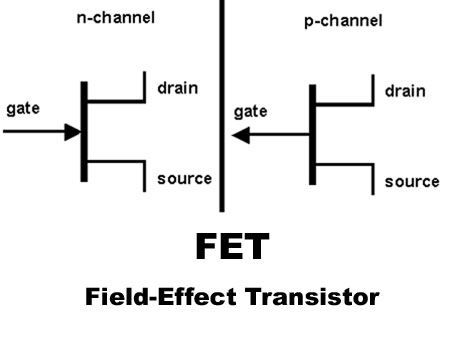
The collector current is much larger than the base current. This forms the collector electron current, as shown in figure. The electrons now move through the collector region, out through the collector lead, and into the positive terminal of the collector voltage source. Actually you can think of the electrons as being pulled across the reverse-biased BC junction by the attraction of the collector supply voltage. Once in this region electrons are pulled through the reverse biased BC junction by the electric field set up by the force of attraction between the positive and negative ions. These relatively few recombined electrons flow out of the base lead as valence electrons causing small base electron current as shown in the figure. Thus, only a small percentage of all the electrons flowing through the BE junction can combine with the available holes in the base. The base region is lightly doped and very thin so that it has a limited number of holes. The heavily doped n type emitter region is teeming with conduction-band (free) electrons that easily diffuse through the forward-biased BE junction into the p-type base region where they become minority carriers. The forward bias from base to emitter narrows the BE depletion region, and the reverse bias from base to collector widens the BC depletion region. In both cases the base emitter junction BEJ is forward-biased and the base-collector (BC) junction is reverse-biased. The proper bias arrangement for both npn and pnp transistors for active operation as an amplifier is shown below. The base region is lightly doped and very thin compared to the heavily doped emitter and the moderately doped collector regions. The term bipolar refers to the use of both holes and electrons as carriers in the transistor structure.īipolar junction transistor bjt schematic diagram Bipolar Junction Transistor Operation EBC Terminals of Bipolar Transistor – H ow transistor worksĪ wire lead connects to each of the three regions and these leads are labeled E, B and C for Emitter, Base and Collector respectively. The pn junction joining the base region and the collector region is called the base-collector junction bcj. The pn junction joining the base region and the emitter region is called the base-emitter junction bej. Structure of Basic BJT Bipolar Junction Transistor Junctions in BJTs One type of bipolar junction transistor bjt consists of two n-regions separated by a p region ( npn transistor) and the other type consists of two p regions separated by an n region( pnp transistor).

BJT Transistor StructureīJT is constructed with three doped semiconductor regions separated by two pn junctions that are called emitter, base and collector. Now a days all the electronic devices and systems are outgrowth of early developments in semiconductor transistors. Although it was not a bipolar junction transistor BJT but it was the beginning of a technological revolution that is still continuing. Transistor was invented by a team of three men at Bell Laboratories in 1947. linear amplifier to boost or amplify an electrical signal and as an electronic switch. bipolar junction transistor or BJT and field effect transistor FET, that are used in two broad areas i.e.

There are two basic types of transistors i.e.


 0 kommentar(er)
0 kommentar(er)
